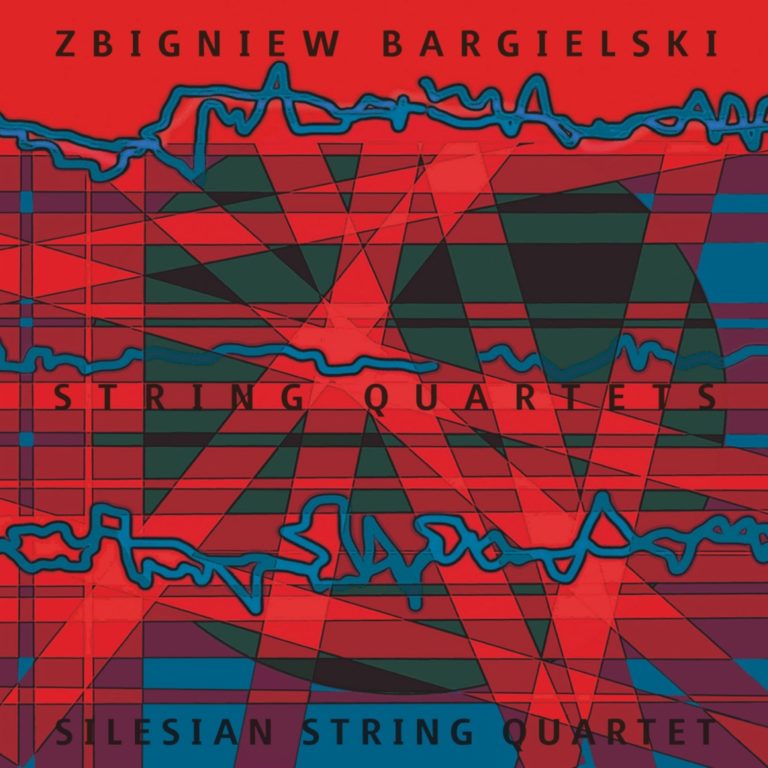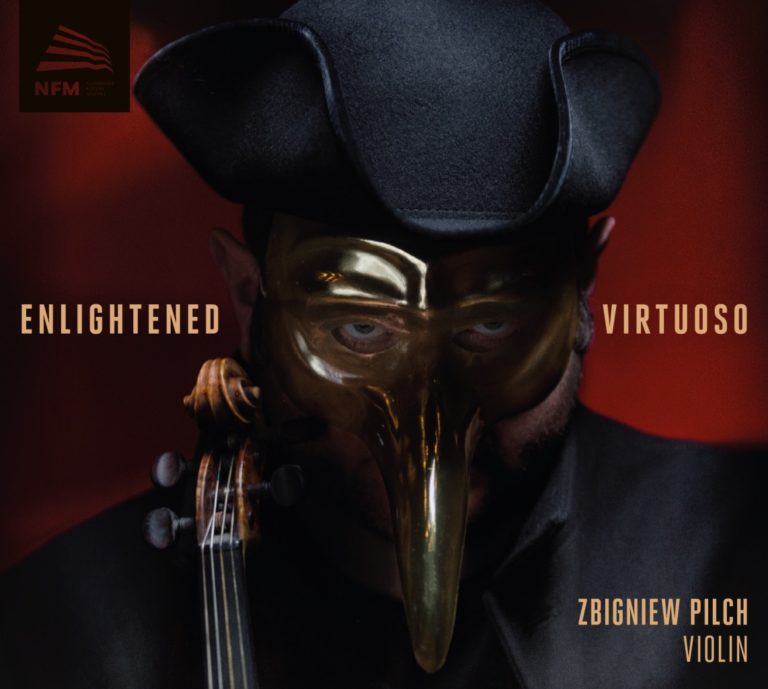
Polish Piano Quintets
Lasoń Ensemble Kameraliści Mikołowa
Piotr Sałajczyk – piano
Krzysztof Lasoń – violin
Agnieszka Lasoń – violin
Elżbieta Mrożek-Loska – viola
Stanisław Lasoń – cello
RELEASE DATE: 03/2012
CATALOGUE NO. ACD 178
GENRE: chamber music
In the catalogue of Grażyna Bacewicz’s works (1909–1969), there are two piano quintets, dated 1952 and 1965. The first one is often combined with the preceding IV String Quartet (1951), one of the most outstanding pieces of work of this composer. These quintets belong to the neoclassical trend of Bacewicz’s music, which is distinguished by the usage of the traditional forms and references to the folk style, but also the calligraphic distinctiveness of the themes, economy of texture, sophistication of the diatonic function, and clarity of the narration, despite the classical models. This is a “French” quality: a discipline, probably innate, but also cultivated to some extent during the studies under Nadia Boulanger.
(…)
In 1935, at the peak of the neoclassical period, the Piano Quintet in G minor Op. 34 by Juliusz Zarębski was published. Better late than never! The Quintet was written at the beginning of 1885, during the period of convalescence of the composer (who suffered from tuberculosis) in his home town of Żytomierz. The Quintet was the last and the most outstanding masterpiece written by Zarębski, who died in September of this same year at the age of 31. Zarębski was a member of the 19th century guild of composers and virtuosos. Extremely talented, he studied piano and composition in Vienna and Petersburg. He composed mainly salon and virtuoso music for the needs of his numerous tournées; the most famous collection is called Roses and thorns (Róże i ciernie). The great talent of Zarębski is reflected in the opinions of Franz Liszt, who had seen in him not only the great virtuoso (sharing the interest in a two-keyboard piano with the maestro from Weimar), but also a deeply sensitive composer. Liszt insisted that Zarębski should seriously devote himself to composing. It is therefore hardly surprising that the Quintet was dedicated to Liszt.
However, there are also clear musical reasons for this dedication. The Quintet emerges from the tradition of New German School, whose outstanding figures were Liszt and Wagner. The origins of the work manifest itself in the richness of colour and harmony and also in treating the themes as if they were characters in a novel. That is why, instead of “classical” motif work, we hear the metamorphosis of the characters, themes return in the subsequent parts, and the finale is the culmination in the synthetic style. It is not the form that captures our attention but the twists and turns of the narration. However, it must be added that the “novel” plays out in a highly abstract register. Therefore, it appears inappropriate to search for a concrete programme. After all, Liszt and Wagner did not write chamber music for a reason. The originality of this Polish chamber music masterpiece lies in the “amicably incompatible” combination of classical and Late Romantic traditions.
But the beauty of the Quintet lies mostly in the music.
(…)
Bacewicz’s Quintet comes from a period of full creative powers, Quintet by Zarębski turned out to be his premature goodbye, and Chamber Music No. 1 “Stalowowolska” (1974–1978), composed by Aleksander Lasoń (b. 1951) belongs to the initial period of this composer’s work. It premiered in Stalowa Wola at the legendary festival Young Musicians for a Young Town, a green island of freedom on the red map of the Polish People’s Republic. There is a potential here, as if in an ovule, which will develop in the following decades: mostly the clash of two elements, hearty vitality and cheerful calmness. But Music “Stalowowolska” is a full-blooded work, not a sketch of a youth.
(…)
Marcin Trzęsiok
Translation: Agnieszka Rolla
Grażyna Bacewicz
Piano Quintet No. 1
1. Moderato molto espressivo. Allegro 8:04
2. Presto 4:15
3. Grave 7:15
4. Con passione 5:30
Juliusz Zarębski
Piano Quintet in G minor Op. 34
5. Allegro 9:46
6. Adagio 9:17
7. Scherzo. Presto 5:42
8. Finale. Presto 9:13
Aleksander Lasoń
Chamber Music No. 1 “Stalowowolska”
9. I 6:10
10. II 7:19
Total time: 72:33



